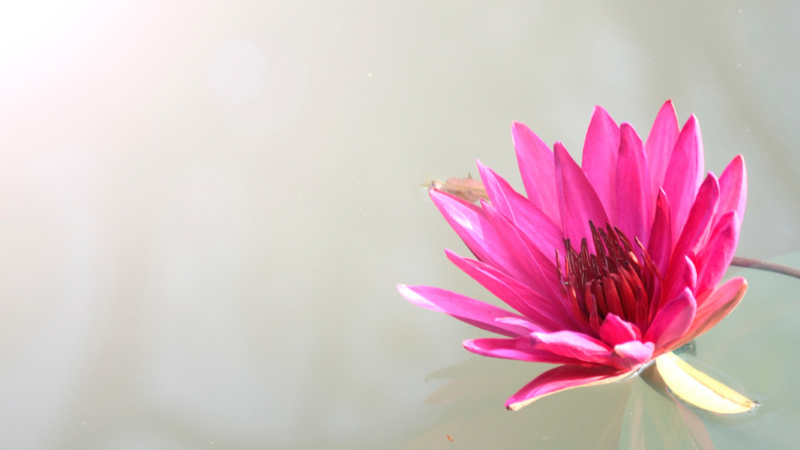Love is Being Present
How do we stay truly present to whatever is happening in our lives? How do we practice living from the deep gratitude that each of us has experienced in fleeting moments? How do we remember, with every breath, the miracle of simply existing, the miracle of this body that sustains us from the moment we come into human form until the moment we go out again—while remembering also that our true being is not confined by the body, did not begin with birth, and does not end at death?
Truthfully, for me at least, it’s hard to navigate daily life from this place of grateful remembrance. It’s hard not to get caught up in bills and deadlines, irritations and disagreements, until life begins to feel like a series of problems to be solved or tasks to be crossed off the to-do list. Sometimes it takes the shock of the unexpected to open us again to a truer sense of who and what we are.
A month ago, my Uncle James came down with what he thought was bronchitis. By Thanksgiving, he’d been given supplemental oxygen to cart around, but still no one knew what was going on. A week ago, with breathing an increasing struggle, he went to the hospital in hopes of finally getting an accurate diagnosis. After a series of biopsies and CAT scans, the news came back: idiopathic interstitial lung disease. There’s no known cause and no treatment. In fact, idiopathic means simply “arising spontaneously from an obscure or unknown cause.” I guess one could say the same about life itself.
Today, my uncle is headed home to enter hospice care. He’ll be surrounded by his sisters and brother, his nephews and nieces, grand-nephews and grand-nieces. His kindness and his humor remain intact even as his body fails. He’s not afraid, he says, of death—only of dying. I have been through this before, with my father. I know the strange stew of thankfulness, sorrow, love, regret, joy, loss and celebration that comes with the imminent loss of one you love. In times like this, it’s easier to be absolutely present, knowing it might be the last moment we spend with someone dear to us.
But every moment could be the last moment, and every breath along the way is cause for celebration. It’s an absolute miracle that we’re here at all; that there’s something rather than nothing. These bodies, these lives, these relationships we have with other beings—all of it is miraculous. That being pours itself unceasingly into existence to experience all this—as earth, sky, stars, wind, water; as you, as me, as my Uncle James—is miraculous. And when we can remember this, even in the midst of the most ordinary tasks, then we really live the miracle of our own being, and know how vast we are. Through all our losses, nothing is lost. Through all our changes, what we are is unharmed, unchanging, eternal. The great German modernist Rilke captures this sense beautifully in his poem “Autumn”:
We all are falling. Here, this hand falls.
And see—there goes another. It’s in us all.
And yet there’s One who’s gently holding hands
let this falling fall and never land.
Whatever life brings, may we not forget those gently holding hands.
Postscript: James Mitchell passed away on Friday, December 27, surrounded by family. He was 67 years old.

Many Voices, One Journey – a free eBook
In the spirit of the rich tradition of contemplative reading, Sounds True‘s authors and editors have compiled these essential written selections for your illumination, enjoyment, and inspiration. Many Voices, One Journey, a free eBook, features the writings of Jon Kabat-Zinn, Adyashanti, Sharon Salzberg, Gangaji, Jack Kornfield, and others. We hope you find in their words helpful guidance for your own journey.
Many Voices, One Journey includes:
1. “Adjusting Your Default Setting” from Mindfulness for Beginners by Jon Kabat-Zinn
2. “What’s Love Got To Do With It?” from Living Nonviolent Communication by Marshall Rosenberg
3. “Grace Is All Around Us” from Falling into Grace by Adyashanti
4. “Surrender Only into Love” from Finding God Through Sex by David Deida
5. “The Longing to Become Who We Are” from Touching Enlightenment by Reginald A. Ray
6. “What Is Your Story?” from The Diamond in Your Pocket by Gangaji
7. “The Healing Power of Self-Compassion” from The Kindness Handbook by Sharon Salzberg
8. “The Five Stages of Radical Forgiveness” from Radical Forgiveness by Colin Tipping
9. “On Contemplation” from Choosing to Love the World by Thomas Merton
10. “The Wisdom of Our Difficulties” from A Lamp in the Darkness by Jack Kornfield
11. “Entering the Cave of the Heart” from Meditation for the Love of It by Sally Kempton
12. “A Source Beyond Ego, a Grace Beyond Luck” from Life Visioning by Michael Bernard Beckwith

From Our Shadow and Into the Light
In its role as protector, the Shadow of the Mind instills fear when adversity strikes or when we try to grow beyond what we are used to, even if we are stepping into something we have long dreamed of. To the Shadow of the Mind, expansion means risking harm and hurt. In its great valor, it tries to override our aspirations by berating and belittling us or by keeping us caught up in anxiety-producing thoughts. It does this in an attempt to keep us safe. It will try to stop us from evolving and changing. It will do whatever it can to prevent us from following through with our deepest calls and dreams.
When we are not aware of the shadow’s ways, we can become its captive and find it hard to move freely in our lives. Kim, a student of mine, told me that when lying on the floor for meditation, she would often feel overwhelmingly vulnerable. Being undefended, open, and receptive was so difficult. She recognized all the ways her body was contracting in “an effort at self-defense.”
The revelation both startled and humbled her. Before this moment, she hadn’t seen how her shadow was holding dominance over her body, but once aware, she was able to release it. This brought her to tears. Kim, like so many of us, was operating under the force of this shadow, and did not even realize its grip. We do not realize we are in an almost constant state of bracing ourselves, rather than opening up to our life.
When something in our life falls, ruptures, or shifts; when challenge or change sprawls forward; when a condition isn’t met; or our perceived safety and comforts are threatened, the Shadow of the Mind rises up and assumes dominance. It rises up when grief knocks on our door. When we sit down to meditate and breathe and feel fear coming to the surface as we begin to meet ourselves. When life says that the ground you are standing on is not as solid as you thought. When a lover leaves, or a trust is betrayed; when an angry or harsh word guts us. Even when a love is realized, when dreams manifest, the Shadow of the Mind shows up to maintain safety and order. It tries to divert us from touching down in these places. It is what we hide behind most days and what stops us from living an emboldened life.
But here’s the thing: you have the ultimate say. You get to say no, I am ready to face all the risks in order to live a more fully embodied and alive life.
It’s worth pausing here to recognize that you have always held this power. The Body of Light has been there all along. But you need to relieve the shadow of its duty before you can give the wheel to your Body of Light and let it steer the ship.
Join Sarah in a guided practice to find your Body of Light in this video, From Shadow to Light.
This is an adapted excerpt from Heart Minded: How to Hold Yourself and Others in Love by Sarah Blondin.
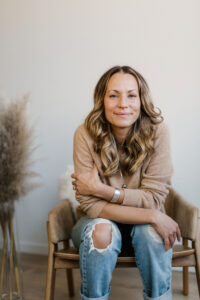 Sarah Blondin is an internationally beloved spiritual teacher. Her guided meditations on the app InsightTimer have received nearly 10 million plays. She hosts the popular podcast Live Awake, as well as the online course Coming Home to Yourself. Her work has been translated into many languages and is in use in prison, recovery, and wellness programs. For more, visit sarahblondin.com.
Sarah Blondin is an internationally beloved spiritual teacher. Her guided meditations on the app InsightTimer have received nearly 10 million plays. She hosts the popular podcast Live Awake, as well as the online course Coming Home to Yourself. Her work has been translated into many languages and is in use in prison, recovery, and wellness programs. For more, visit sarahblondin.com.
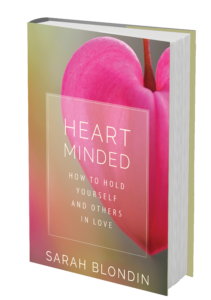
Learn More
A Path to Embodied Nonduality
We find ourselves in a time that is rich with paths toward spiritual awakening, especially that pinnacle of awakening called “nonduality.”
The Fullness of the Ground is my contribution to that abundance. It describes in detail the lived experience of nondual realization.
In the book, I offer a series of gentle attunement practices, called the Realization Process, for uncovering and knowing ourselves as a fundamental, undivided dimension of consciousness, pervading our whole body and environment. Pervading our body, fundamental consciousness is experienced as the authentic ground of our individual being. Pervading our body and environment, it is the basis of our oneness with everyone and everything around us. This means that we become whole as individuals at the same time as we transcend our individuality and experience unity with our surroundings.
As a longtime spiritual teacher and psychotherapist, I feel that there is not enough emphasis in some of the nonduality teachings about how this realization enriches our lives. I have been particularly concerned about teachings that encourage people to disconnect from themselves as individuals or to suppress their emotional responses to the world around them. In this book, I instead offer a path to nondual realization that is deeply embodied and that matures us as individuals, at the same time that it opens us to self–other oneness. Far from erasing us as individuals, nondual realization enhances our experience of our own unique existence. It deepens all of our human capacities, including our ability to feel, to think, and to enjoy our lives. It can help heal and enhance our relationships with other people by enabling us to experience deep contact with others without losing inward contact with ourselves.
Central to the method in this book is the important difference between being aware of the body and inhabiting the body. So I often begin with this simple exercise for experiencing this distinction:
Sit upright with your hands in your lap.
Take a moment to become aware of your hands. You may notice how warm or cold they are or how tense or relaxed they are. This is becoming aware of your hands.
Now enter into your hands. Experience yourself as present, living within your hands. This is inhabiting your hands.
You can go on to inhabiting different parts of your body and, finally, your body as a whole. See if you can feel present everywhere within your body, rather than aware of it from the outside.
In the Realization Process, we go through several steps, taking around 30 minutes, to reach this next part. But, for a very shortened version, if you can feel that you are living within your body, then next find the space outside of your body, the space in your environment.
Let yourself experience that the space inside and outside of your body is the same undivided space. Without leaving your body, experience that the space that pervades your body also pervades your whole environment. This is the spacious expanse of fundamental consciousness.
Judith Blackstone, PhD
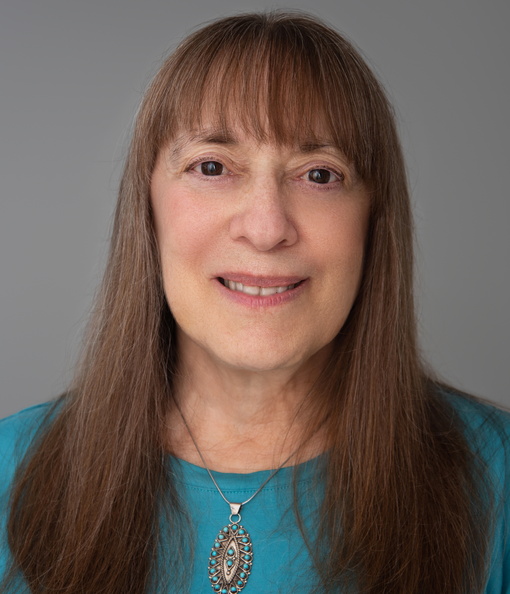
Judith Blackstone, PhD, is a psychotherapist and innovative teacher in contemporary spirituality. She developed the Realization Process®, an embodied approach to personal and relational healing and nondual realization. She is the author of Trauma and the Unbound Body, Belonging Here, The Intimate Life, The Enlightenment Process, and The Empathic Ground.
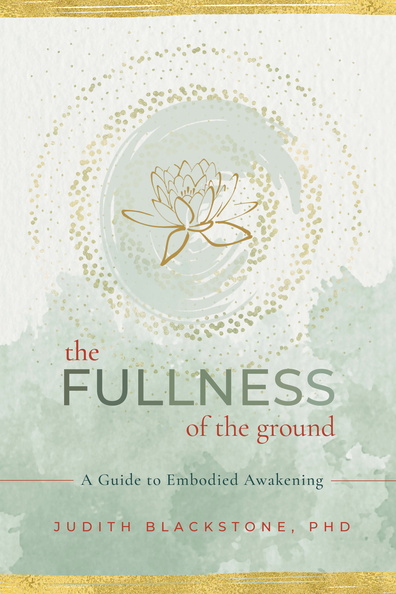
Being Mindful of Not Being Mindful

Modern life is chock-full of habits of mind that get in the way of mindfulness. Be on the lookout for them in your own life. Steering clear of them will be part of practicing mindfulness.
Here are some of the most common things that pull people out of mindfulness:
- Thinking about the past (literally taking you out of the moment)
- Thinking about the future (ditto)
- Multitasking
- Judging, analyzing, criticizing, or evaluating
- Attaching to thoughts or observations
- Pushing away thoughts or observations
- Having a lack of intention
- Having a lack of compassion
- Being in denial
WISE MIND LIVING PRACTICE
Catch Yourself Being Judge-y
Judgment is one of the most common ways to pull yourself out of mindfulness. Whether you are judging your experience as good, bad, or ugly, it’s an obstacle to be fully present in the moment. And you do it all the time. Everyone does. The way to do it less — the way to not let judging interfere with your ability to be mindful — is to increase your awareness of when you are judging.
Try spending a few days noticing all the judgments you make throughout the day. About anything and everything: “What the hell is that lady wearing?” “Yuck, this food is gross!” “I should not be the one handling this!” Any time you catch yourself playing Judge Judy, notice it, label it as a judgment, and resist the temptation to judge yourself for being judgmental. Then try to tell yourself the same story but with neutral (nonjudgmental) language: “Her shirt is bright.” “Oh, that is bitter.” “I have a task that I do not like.” With enough practice, you’ll begin to make that kind of switch automatically — in mindfulness practice as well as in life.
Looking for more great reads?
Excerpted from Wise Mind Living by Erin Olivo
Erin Olivo, PhD, MHD , is a licensed clinical psychologist and an assistant clinical professor of medical psychology at Columbia University. She has a psychotherapy practice in New York City. See erinolivo.com.
, is a licensed clinical psychologist and an assistant clinical professor of medical psychology at Columbia University. She has a psychotherapy practice in New York City. See erinolivo.com.
The Purpose of Life is to Love
Within all of the great wisdom traditions we find an emphasis on love, kindness, and opening our heart to others. It is quite natural to open in this way to our family and friends, but what the great traditions teach is that this reservoir of love inside us is unlimited, extends to all living beings, and even to the universe itself. This reality of love is not an abstract experience, notes respected meditation teacher Reggie Ray, but something that is alive the core of who and what we are. One way to envision the spiritual journey is as a pathway which unlocks the love in our hearts, thereby enabling us to become fully human.
Please enjoy this short video from Reggie on the unfolding of love.

